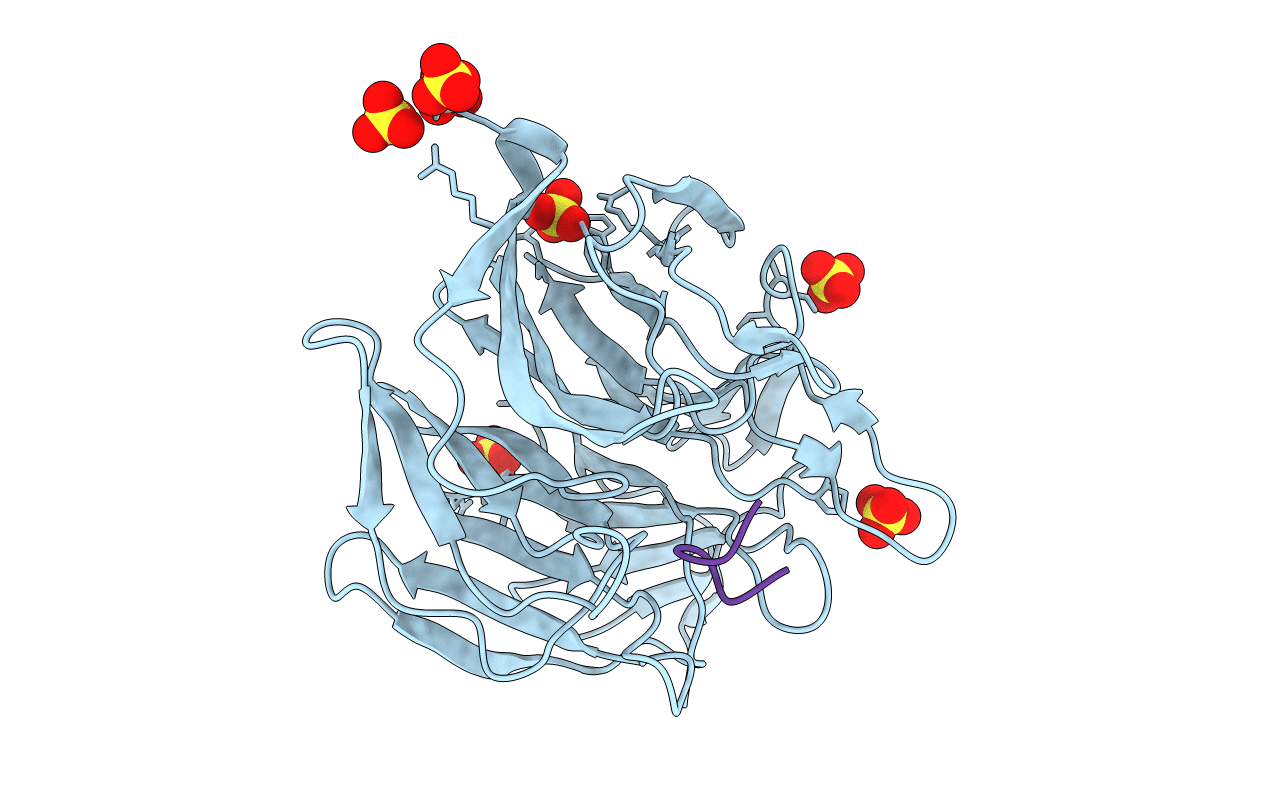
Deposition Date
2006-09-14
Release Date
2007-09-04
Last Version Date
2023-10-25
Entry Detail
PDB ID:
2DYH
Keywords:
Title:
Crystal structure of the Keap1 protein in complexed with the N-terminal region of the Nrf2 transcription factor
Biological Source:
Source Organism:
Mus musculus (Taxon ID: 10090)
Host Organism:
Method Details:
Experimental Method:
Resolution:
1.90 Å
R-Value Free:
0.21
R-Value Work:
0.17
R-Value Observed:
0.17
Space Group:
P 61


